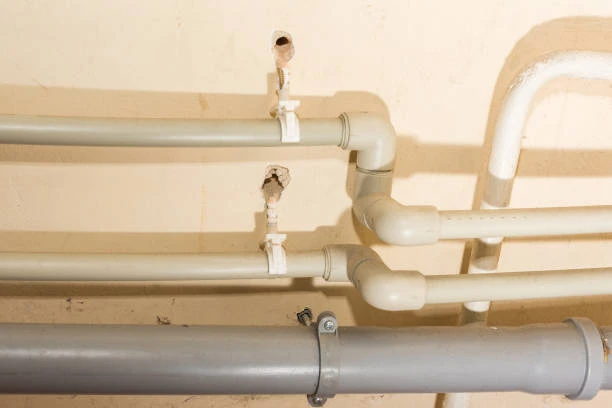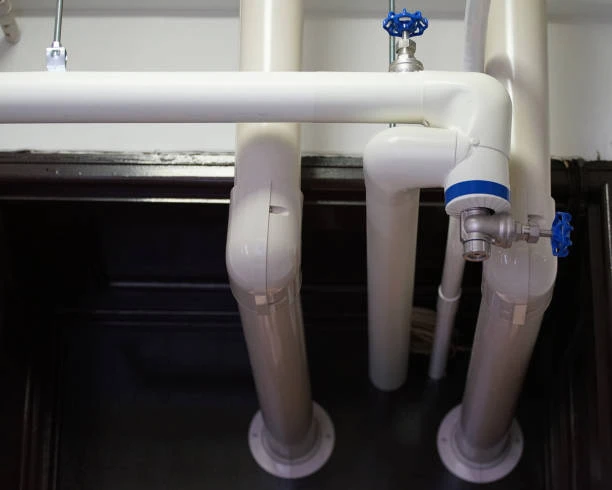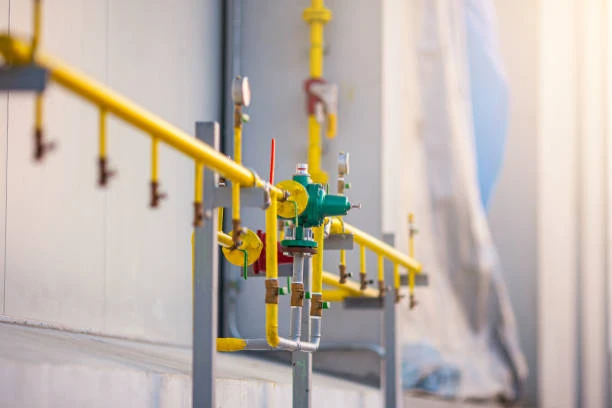PEX (cross-linked polyethylene) pipe has become a popular material for plumbing, heating, and cooling systems. Its flexibility, durability, and resistance to corrosion make it an excellent choice for a wide range of plumbing applications. The 12mm PEX pipe is particularly versatile, offering reliable performance for both residential and commercial use. This article explores the advantages, applications, and installation methods for 12mm PEX pipe, as well as how it compares to other materials.
Why Choose 12mm PEX Pipe?
12mm PEX pipe offers several advantages over traditional plumbing materials. Its small diameter makes it perfect for localized plumbing systems and fixture connections. PEX bends easily, eliminating the need for extra fittings and reducing the risk of leaks. It does not corrode, scale, or build up mineral deposits like metal pipes. Moreover, 12mm PEX can expand and contract without cracking, making it ideal for plumbing in freezing conditions. PEX’s flexibility also simplifies installation, reducing the time and effort needed to complete projects.
Common Applications of 12mm PEX Pipe
12mm PEX pipe is widely used in both residential and commercial plumbing systems. For hot and cold water supply, it provides reliable performance with minimal risk of leaks. In underfloor heating systems, 12mm PEX distributes warm water efficiently across the floor, ensuring consistent and even heat. This pipe size is also ideal for small-diameter plumbing, such as connecting individual fixtures like faucets, showers, or dishwashers. Many retrofit projects benefit from the compact size and flexibility of 12mm PEX, as it can be routed through existing spaces with minimal disruption.
Advantages Over Copper and PVC Pipes
PEX pipe outperforms copper and PVC in many aspects. PEX is more flexible, allowing for easier installation in confined spaces. Copper pipes require soldering, which adds to labor costs and installation time. Unlike PVC, which can become brittle over time, PEX remains durable and resistant to cracking. PEX does not corrode, eliminating concerns about rust or mineral buildup that affect metal pipes. Additionally, PEX is quieter, as it absorbs water hammer noises that can occur in copper or PVC systems. These advantages make 12mm PEX a preferred choice for modern plumbing systems.
Installation Methods for 12mm PEX Pipe
Installing 12mm PEX pipe is simpler than using rigid pipes, thanks to its flexibility. First, measure and cut the pipe to the required length using a PEX cutter. Next, connect the pipe to fittings using the appropriate method, such as crimp, clamp, or push-fit. The crimp method requires a crimping tool to secure metal rings around the pipe and fittings. The push-fit method allows for tool-free installation and is ideal for DIY projects. Be sure to secure the pipe with hangers or brackets to prevent movement and ensure stability. After installation, check for leaks by pressurizing the system.
Durability and Maintenance of 12mm PEX Pipe
12mm PEX pipe is designed to last for many years with minimal maintenance. The material resists damage from freezing, UV rays, and most chemicals, making it a durable option for long-term use. While PEX does not require frequent maintenance, periodic inspections can help ensure its continued performance. Look for any signs of wear, particularly at the connections or fittings. Check for leaks around the fittings and replace any damaged sections promptly. PEX pipe also benefits from being less prone to clogs and scale buildup compared to metal pipes, ensuring consistent water flow over time.
Energy Efficiency and Water Conservation
PEX pipe enhances both energy efficiency and water conservation in plumbing systems. The small diameter of 12mm PEX allows for more precise water flow control, preventing wastage. Since PEX retains heat better than copper, it helps reduce energy consumption, especially in hot water lines. In radiant heating systems, the material distributes heat efficiently, maintaining consistent temperatures while using less energy. By reducing heat loss and water wastage, 12mm PEX contributes to both cost savings and environmental sustainability, making it an excellent choice for eco-conscious projects.
Choosing the Right 12mm PEX Pipe for Your Project
When selecting 12mm PEX pipe, consider the specific needs of your plumbing system. PEX Type A is the most flexible option and works well in a variety of residential and commercial plumbing applications. It is ideal for use in radiant heating and water supply systems. PEX Type B offers higher burst strength, making it better suited for high-pressure applications, while PEX Type C is a good middle-ground option. If you plan to install underfloor heating or retrofit existing pipes, choose a type that matches your system’s requirements. Additionally, make sure you have the correct fittings for the installation method you plan to use.
Conclusion
12mm PEX pipe provides a flexible, durable, and cost-effective solution for plumbing and heating systems. Its advantages over traditional materials like copper and PVC make it a top choice for both residential and commercial applications. The ability to bend and reduce fittings makes installation faster and more efficient. Additionally, 12mm PEX’s resistance to freezing, corrosion, and chemical damage ensures long-lasting performance. With proper installation and maintenance, 12mm PEX can be a reliable and sustainable plumbing solution for any project.
Global Standards for PEX Pipe Quality and Performance
PEX pipes must meet various international and national standards to ensure quality, safety, and performance. These standards define material composition, pressure ratings, temperature resistance, and durability for plumbing and heating applications. ISO 15875 and BS EN ISO 15875 specify requirements for cross-linked polyethylene (PEX) piping systems used for hot and cold water installations. GB/T 18992 is the Chinese national standard that aligns with international specifications for PEX pipes. DIN 16892 covers PEX pipes used in heating and plumbing applications in Germany, ensuring high mechanical and thermal resistance. In North America, ASTM F877 and ASTM F2788 set performance standards for PEX pipes, including pressure testing and dimensional stability. BS 7291 defines PEX pipe requirements for plumbing and heating systems in the UK, ensuring compatibility with British installations. CSA B137 applies to PEX pipes in Canada, covering aspects such as hydrostatic strength and chlorine resistance. These standards guarantee that PEX pipes meet stringent safety, reliability, and durability requirements for residential, commercial, and industrial use.
Connect
IFAN is a Chinese manufacturer of plastic pipes, fittings and valves with 30 years of experience. If you are interest in IFAN copper fittings, copper valves, plastic pipes and fittings, please contact us. IFAN offers you a variety of standard pipes to meet your specific needs. Click below to learn more about IFAN’s wide range of affordable and cost-effective valve products and piping system related products.
We will reply your email or fax within 24 hours.
You can call us at any time if there is any question on our production.
For more information,pls visit our webside https://waterpipefitting.com/
Pls Mailto: [email protected]
Whatsapp: +8615088288323














Recent Comments